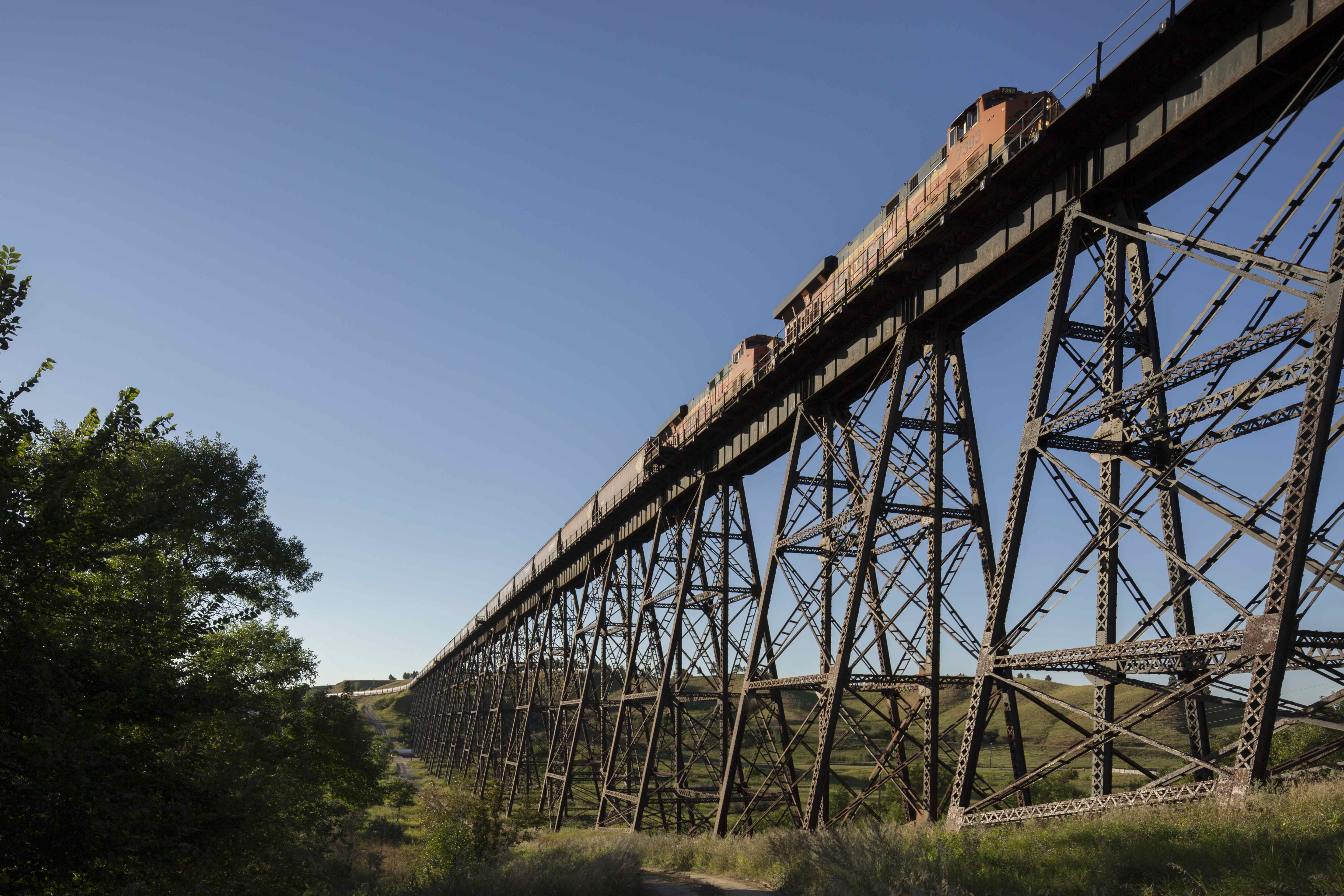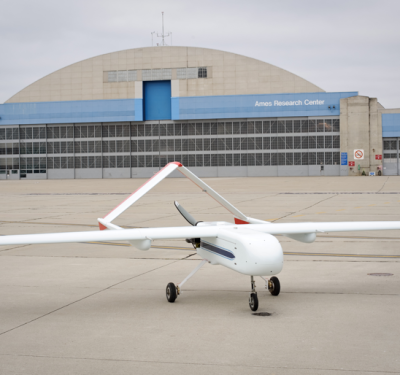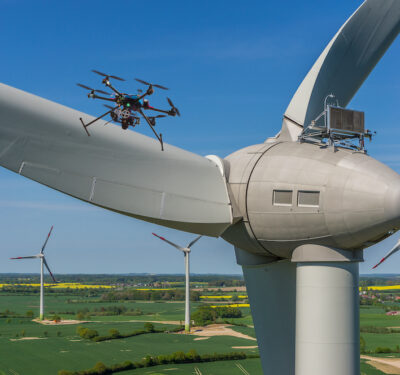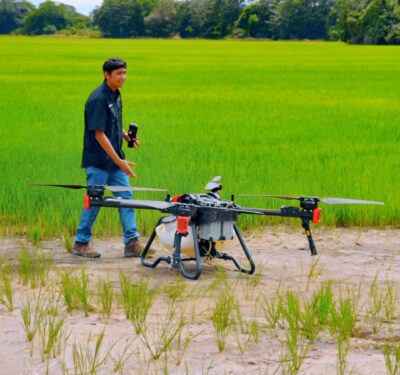
BNSF Railway
The Federal Aviation Administration on Wednesday said it would work with CNN to research using drones in urban areas for newsgathering. It will also work with drone manufacturer PrecisionHawk and the BNSF Railway freight railroad network to help determine how best to operate unmanned aircraft beyond the line of sight (BLOS) of their pilots. PrecisionHawk will study BLOS flights for supporting agriculture in rural areas and BNSF will research the inspection of rail lines over distances of as much as 300 to 400 miles.
The companies, which each approached the agency independently, have committed “extensive resources” to support the research effort, said FAA Administrator Michael Huerta at a press event held at the AUVSI 2015 unmanned systems conference in Atlanta, Ga.
The FAA currently is engaged in setting new rules for the commercial operation of unmanned aerospace systems. The new rules, however, were not expected to alter the existing prohibition against flights over populated areas or traveling beyond the immediate sight of the operator.
“We anticipate that we’re going to receive valuable data from each of these trials that could result in FAA-approved operations in the coming years,” said Huerta.
Before the currently proposed rule can be issued the agency must assess the more than 4,000 public comments received on the draft language, a process that is expected to take some 18 months.
“We recognize the rulemaking process, by its very nature, is deliberative,” said Huerta, “so we are actively looking for other things that we can do — ways that we can expand the use of unmanned aircraft in the meantime.”
There is no timeframe set for research, however, which potentially could take years. The firms will study things like best practices and procedures for safe operations.
When asked if the research might impact the new rules, Huerta responded that he couldn’t comment directly because the rule was still being crafted. He added, however, that “it wouldn’t surprise me if some of the comments address the some of the very things that were researching but it’s too early to say how those comments are going to shape of the final rule looks like.”






